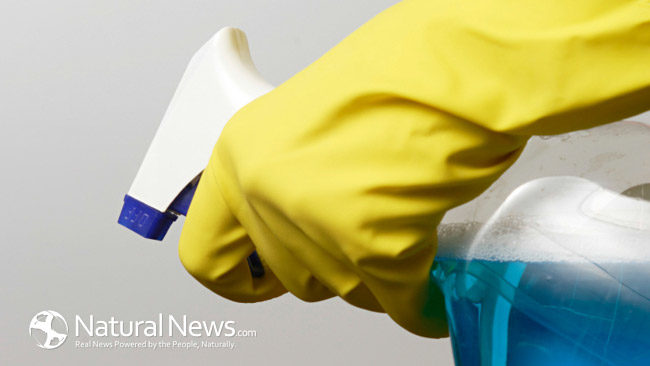Mold and mildew are found everywhere in the environment. Both are a type of fungi that grow and thrive in moist conditions. Dark areas with little sunlight love to produce mold and mildew. The seeds and smores spread and spread and eventually enter the air. Those in the vicinity inhale and can come into contact with mold and mildew. Fortunately, the human body goes to bat working with the immune system to ward of these particles. Like anything in excess, when a person breathes in too much or is overly and repeatedly exposed, the body isn’t able to respond accordingly. Respiratory infections can occur as well as allergies and asthma. The eyes become irritated, itchy, and a person might start to cough and sneeze. Already having allergies or asthma can only complicate symptoms making them worse. Yet, some people are exposed to plenty of mold and mildew and have no side effects.
Some types of mold produce myotoxins which usually grow in outdoor areas. These myotoxins can also make their way into buildings, especially those that have moisture damage. Leaking pipes are a common culprit. Exposure to myotoxins has been linked to cancer, nervous system damage, and liver damage.
Mold can enter a person’s home through vents, doorways, windows, and heating and air conditioning systems. What is taken outside then taken inside can also cause mold in the home such as clothing, bags, shoes, and pets. Roofs and pipes are common areas. Mold likes to grow on wood products, paper products, ceiling tiles, wallpaper, drywall, carpet, and upholstery. Seems like anywhere there is moisture, mold can make its way in. It is very important to address the mold problem in the home. Some common remedies and suggestions include making sure the shower area, cooking, and laundry areas all have ventilation. Leaky roofs, window, and pipes should be fixed right away. Any place that has been flooded should be dried and cleared up immediately.
Mold has a musty smell to it. No matter what color or type, the Centers for Disease Control (CDC) recommends removing the mold immediately. It doesn’t matter the type, as some people like to have testing done. Some people try to save money by determining what levels of mold are acceptable to get away with before a possible expensive removal process. Bleach is a self-home remedy to remove mold. Wearing protective gloves and being sure to ventilate is important.
Basements, garages, crawl spaces, attics, and bathrooms, are mold and mildew breeding grounds. Behind the refrigerator is also a common location. Mold and mildew don’t grow over night but letting the accumulation can lead to a costly clean up later. Fresh, clean, smelling good air, is what those lungs want. A breath of fresh air, especially in one’s own home, feels good and is invigorating. Hey, if you needed motivation to keep a clean house, well the threat of mold and mildew should do the trick.
https://www.cdc.gov/mold/dampness_facts.htm
https://www.niehs.nih.gov/health/topics/agents/mold/index.cfm








